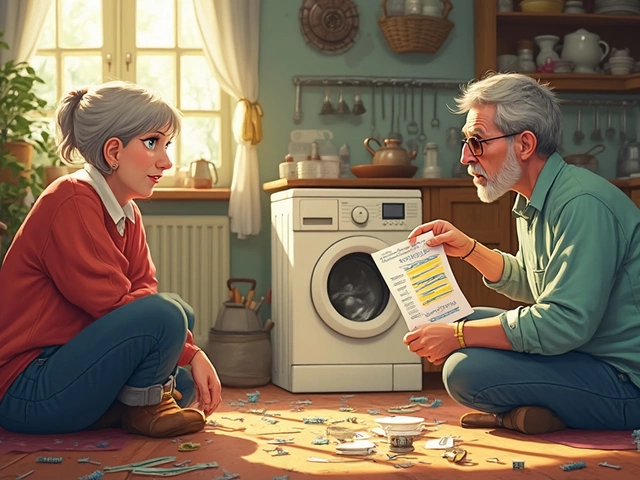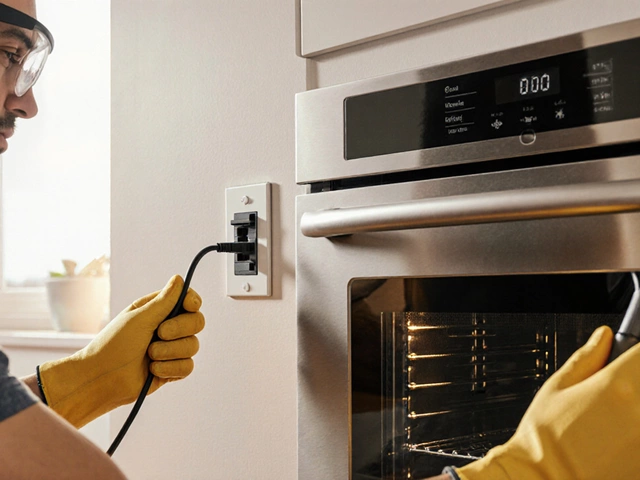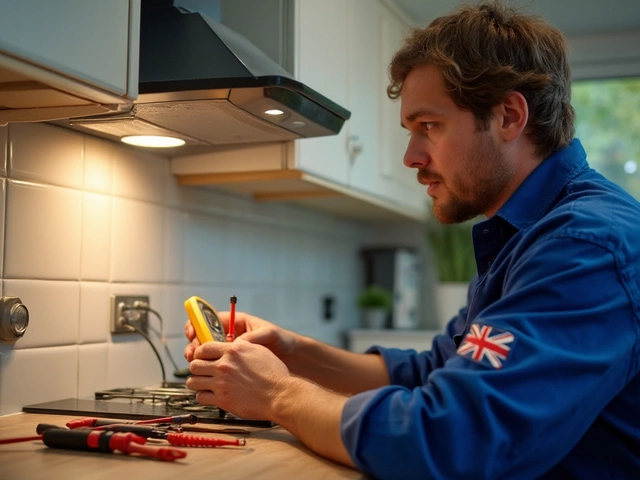Dishwasher Water Problems and How to Fix Them
When your dishwasher starts acting up, the first thing you notice is usually something wrong with the water. It might be leaking, not filling, draining slowly, or spraying weakly. These issues are frustrating, but most of them are easy to diagnose and repair without calling a pro.
Why Isn’t My Dishwasher Filling?
The most common reason a dishwasher won’t fill is a blocked inlet valve. Check the hose that brings water from the sink to the machine – a kink or a debris clog can stop the flow. If the hose looks fine, turn off the power and remove the inlet valve to inspect it for mineral buildup. A quick soak in vinegar can dissolve the deposits. Also, make sure the water tap is fully open and that the household water pressure is at least 30 psi; low pressure can keep the dishwasher from reaching the right level.
Fixing Leaks and Drain Problems
Leaks usually come from three places: the door seal, the pump, or the hoses inside the tub. Run a finger along the door gasket; if it feels cracked or brittle, replace it – it’s cheap and a good DIY job. For pump leaks, locate the pump at the bottom of the dishwasher, tighten any loose clamps, and check the seal for wear. If the pump itself is cracked, you’ll need a replacement.
Slow draining is often caused by a clogged filter or a blocked drain hose. Remove the filter (most models twist off) and rinse it under hot water. Look for food particles or glass shards that could be blocking the flow. Next, detach the drain hose from the sink connection and blow through it; a clear hose should let air pass easily. If it’s blocked, straighten it or replace it.
Another hidden culprit is the garbage disposal. If your dishwasher drains into a disposal, make sure the knockout plug was removed during installation. A missed plug will prevent water from exiting the dishwasher, causing a backup.
Finally, check the check valve – a small flap that stops water from flowing back into the tub. If it’s stuck, water can pool and create a leak. Gently free the flap or replace the valve if it’s damaged.
By doing these quick checks, you can solve most dishwasher water issues in under an hour. If the problem persists after you’ve inspected valves, hoses, and filters, it may be an electronic fault that requires a technician.
Keeping the dishwasher clean helps avoid many of these problems. Run an empty cycle with a cup of white vinegar once a month to dissolve mineral buildup, and wipe the door seal after each use to stop mold and debris from accumulating.
With a bit of patience, you can stop dealing with puddles, soggy dishes, or endless cycles. A well‑maintained dishwasher saves water, saves energy, and keeps your kitchen running smoothly.






